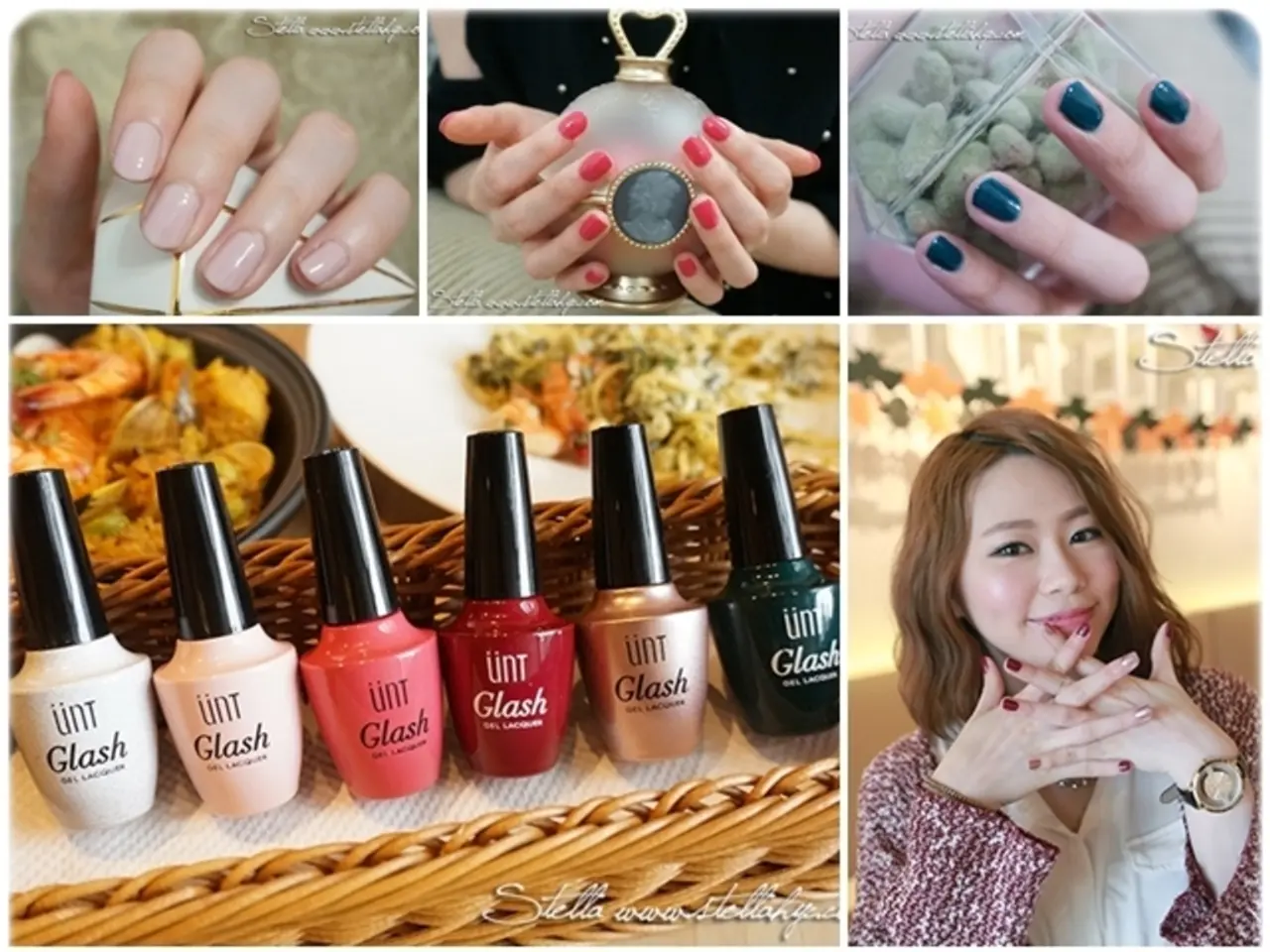Methods for Self-Treating an In-Grown Toenail at Home or With Medical Intervention
Ingrown toenails can be a source of significant discomfort for many individuals, often causing pain and potential infections. To address this common foot problem, it's essential to understand the best practices for prevention and treatment.
**Prevention**
To reduce the risk of ingrown toenails, follow these simple guidelines:
1. **Proper Toenail Trimming:** Always cut your toenails straight across with no rounded corners. The nail should extend just past your skin, forming a straight line across the top of your toe. Avoid cutting nails too short or tearing them at the edges.
2. **Choosing the Right Footwear:** Opt for shoes that fit well and do not squeeze your toes. Tight socks and shoes should be avoided to minimize pressure on your toes.
3. **Maintaining Cleanliness:** Regularly wash and dry your feet to prevent infection and irritation.
4. **Avoiding Nail Picking:** Refrain from picking at your toenails or attempting to tear off pieces, as this increases the risk of ingrown nails.
**Home Treatment**
If you do develop an ingrown toenail, there are steps you can take to manage it safely at home:
1. **Warm Salt Soaks:** Soak your affected foot in warm salt water for 15–20 minutes, 2–3 times a day. This helps reduce swelling and pain, and promotes healing.
2. **Gentle Lifting:** If possible, gently lift the edge of the ingrown nail away from the skin using a clean, blunt instrument (like a dental floss pick). Do not force the nail, and stop if you feel pain.
3. **Protective Padding:** Place a small piece of cotton or gauze under the lifted nail edge to keep it from digging back into the skin. Change the padding daily.
4. **Over-the-Counter Medications:** Apply an over-the-counter antibiotic ointment to the area to help prevent infection. If you notice increased redness, warmth, or swelling, this indicates possible infection, and you may need to monitor closely or seek medical attention.
5. **Keeping the Area Clean and Dry:** After soaking, dry your toe thoroughly and keep it loosely bandaged if necessary.
**When to Seek Medical Attention**
In some cases, it's important to seek medical help:
1. **Worsening Infection:** If the redness, swelling, or pain increases, or if you see pus, it is important to see a healthcare provider.
2. **Severe Pain or Spreading Infection:** Seek medical care if the pain is severe, the infection spreads, or if you have diabetes or poor circulation.
3. **Self-Removal Is Not Recommended:** Do not attempt to cut out the ingrown nail yourself, especially if there is infection, as this can worsen the condition.
By following these steps, you can safely manage and prevent most cases of ingrown toenails at home. It's essential to remember that people with certain health conditions, such as diabetes or nerve damage, may be more vulnerable to ingrown toenails and infections. Always consult with a healthcare professional if you have concerns about your foot health.
- It's crucial to understand that ingrown toenails are not just an issue for the average individual, but can also pose significant challenges for those suffering from health conditions like diabetes, bipolar disorder, or multiple sclerosis.
- Regular foot care can also help manage other conditions, such as psoriasis, eczema, or dry skin, ensuring the best possible health-and-wellness.
- Just as important as treating ingrown toenails is understanding the preventive measures to avoid them, whether you have type 1 or type 2 diabetes, or are dealing with macular degeneration or obesity.
- In terms of science, understanding the impact of proper nutrition and fitness-and-exercise on overall foot health is crucial for avoiding complications like ingrown toenails.
- For people suffering from COPD, ulcerative colitis, or arthritis, maintaining foot hygiene becomes even more important to prevent infections and reduce discomfort.
- Predictive analysis in health-and-wellness science could potentially identify those who are at a higher risk of developing ingrown toenails, allowing for early intervention and better management of the condition.
- The home treatment for ingrown toenails can be adapted according to individual needs, making it a convenient solution for those with limited mobility or without easy access to healthcare facilities.
- When it comes to skin-care, it's essential to keep the skin around the affected toe clean and moisturized to promote healing and prevent infection.
- In some cases, home treatment may not be sufficient, and it's important to seek professional help for conditions like AQ and cancer, which can aggravate ingrown toenails and slow the healing process.
- Always bare in mind that certain health issues, such as nerve damage or depression, can weaken the immune system and make individuals more susceptible to infections arising from ingrown toenails.
- By prioritizing foot health and implementing best practices for prevention and treatment, it's possible to improve overall well-being and enhance quality of life, anywhere, including at home.
- Regular self-inspections of your toes and feet can help identify early signs of ingrown toenails, allowing for early intervention and minimizing the risk of complications.
- Ultimately, the goal is to maintain a holistic approach to health-and-wellness, incorporating good foot hygiene, proper nutrition, and regular exercise, in order to live a happy, healthy life.




